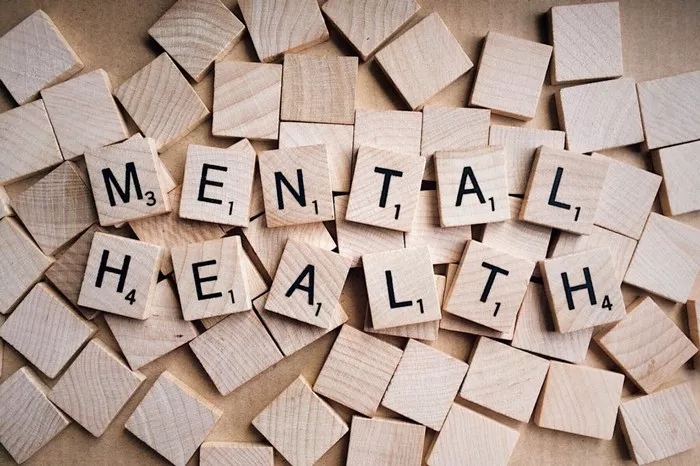Scars are a natural part of the healing process after an injury or surgery. They form when the body produces collagen fibers to repair the damaged skin. However, some scars can take longer to heal than others, depending on their location on the body. In this article, we will explore where scars heal the fastest and what factors contribute to their healing process.
The Healing Process of Scars
Before we dive into where scars heal the fastest, it is essential to understand the healing process of scars. When the skin is injured, the body immediately responds by sending blood cells to the affected area. These blood cells help to stop the bleeding and remove any debris or bacteria from the wound.
The next step is for the body to produce collagen fibers, which help to rebuild the damaged skin. Collagen is a protein that gives the skin its strength and elasticity. During the healing process, the body produces more collagen than usual, which can lead to the formation of a scar.
The final stage of the healing process is the remodeling phase. During this phase, the body continues to produce collagen fibers, but they are rearranged to form a more organized pattern. This process can take several months to years, depending on the size and location of the scar.
Factors that Affect Scar Healing
Several factors can affect how quickly a scar heals, including:
Location: Scars in areas with more blood flow tend to heal faster than those in areas with less blood flow. This is because blood carries oxygen and nutrients to the wound, which are essential for the healing process.
Size and depth: Larger and deeper wounds tend to take longer to heal and may result in more noticeable scars.
Age: Younger people tend to heal faster than older people because their bodies produce collagen more efficiently.
Genetics: Some people are genetically predisposed to developing more noticeable scars.
Health: Chronic illnesses, such as diabetes and autoimmune disorders, can slow down the healing process and increase the risk of infection.
Lifestyle: Smoking, poor nutrition, and lack of exercise can all affect the body’s ability to heal wounds.
Where Scars Heal the Fastest
Now that we understand the factors that affect scar healing, let’s explore where scars heal the fastest. Generally, scars in areas with more blood flow tend to heal faster than those in areas with less blood flow. This means that scars on the face, neck, and upper body tend to heal faster than those on the lower body, such as the legs and feet.
The face and neck have a rich blood supply, which means that wounds in these areas receive more oxygen and nutrients, essential for the healing process. Additionally, scars on the face and neck tend to be exposed to less tension and movement, allowing them to heal more quickly.
Scars on the upper body, such as the chest and back, also tend to heal faster than those on the lower body. This is because the upper body has more muscle and less fat than the lower body, which means that wounds in these areas receive more blood flow.
On the other hand, scars on the lower body, such as the legs and feet, tend to heal more slowly. This is because these areas have less blood flow and are subjected to more tension and movement, which can slow down the healing process.
Scars on the hands and fingers can also take longer to heal because these areas are subjected to constant movement and use. Additionally, scars on the hands and fingers can be more noticeable because they are constantly exposed.
Tips for Scar Healing
While some scars may take longer to heal than others, there are several things you can do to promote the healing process:
Keep the wound clean and dry: Keeping the wound clean and dry can help to prevent infection and promote healing.
Protect the wound from the sun: Scars can become more noticeable if they are exposed to the sun. Be sure to cover the wound with clothing or a bandage when going outside.
Massage the scar: Massaging the scar can help to break up scar tissue and promote healing.
Use silicone sheets or gels: Silicone sheets or gels can help to reduce the appearance of scars.
Stay hydrated: Drinking plenty of water can help to keep the skin hydrated, which is essential for the healing process.
Eat a healthy diet: Eating a healthy diet rich in vitamins and minerals can help to promote the healing process.
Conclusion
In conclusion, scars heal the fastest in areas with more blood flow, such as the face, neck, and upper body. Factors such as size, depth, age, genetics, health, and lifestyle can all affect the healing process of scars. While some scars may take longer to heal than others, there are several things you can do to promote the healing process, such as keeping the wound clean and dry, protecting the wound from the sun, massaging the scar, using silicone sheets or gels, staying hydrated, and eating a healthy diet.
[inline_related_posts title=”You Might Be Interested In” title_align=”left” style=”list” number=”6″ align=”none” ids=”4368,4365,4362″ by=”categories” orderby=”rand” order=”DESC” hide_thumb=”no” thumb_right=”no” views=”no” date=”yes” grid_columns=”2″ post_type=”” tax=””]
































